The Ultimate Guide to Customizing Your Vehicle with Diamond Plate Accessories
Introduction
For many car enthusiasts and DIY hobbyists, customizing a vehicle is more than just a pastime—it’s a passion. The thrill of transforming a standard vehicle into a personalized masterpiece is unrivaled. Among the myriad of customization options available today, diamond plate accessories have gained immense popularity. With their unique blend of durability and aesthetic appeal, diamond plate accessories are becoming a staple in the world of auto customization.
This comprehensive guide will delve into the allure of customizing vehicles with diamond plate accessories, from understanding what diamond plate is to selecting and installing these accessories on your vehicle. Buckle up and get ready to elevate your ride to the next level!
Understanding Diamond Plate
What is Diamond Plate?
Diamond plate, often referred to as tread plate or checker plate, is a type of metal characterized by its distinctive raised diamond-shaped pattern. Typically made from aluminum, steel, or stainless steel, diamond plate is revered for its ruggedness and slip-resistant surface. Initially designed to provide traction on industrial staircases and platforms, diamond plate has found its way into the realm of vehicle customization due to its robust nature and striking appearance.
History and Applications
The use of diamond plate dates back to the early 20th century when it was primarily employed for industrial purposes. Its non-slip properties made it ideal for high-traffic areas, especially in factories and transportation hubs. Over time, its utility expanded to include architectural applications and, eventually, the automotive industry.
Today, diamond plate is used in various forms, from truck bed liners to decorative trim pieces on vehicles. Its versatility and resilience make it an excellent choice for enhancing both the functionality and aesthetics of your vehicle.
The Ultimate Guide to Selecting Diamond Plate Accessories for Your Vehicle
Choosing the Right Material and Finish
When selecting diamond plate accessories, the material and finish are crucial factors to consider. Aluminum is the most popular choice due to its lightweight properties and resistance to corrosion. Steel and stainless steel options are also available for those seeking greater strength and a different aesthetic.
Finishes can range from polished, which offers a mirror-like shine, to powder-coated, which provides additional protection and color options. The choice of material and finish will largely depend on your specific needs and preferences.
Sizing and Fitting for Different Vehicle Models
Proper sizing and fitting are essential to ensure that your diamond plate accessories not only look great but also perform effectively. Measure the areas where you plan to install the accessories carefully. Many manufacturers offer custom-cut pieces tailored to specific vehicle makes and models, ensuring a perfect fit.
Practical and Aesthetic Considerations
While diamond plate accessories are undoubtedly stylish, it’s important to consider their practical applications as well. For instance, installing diamond plate rocker panels can protect your vehicle’s lower body from road debris, while fender flares can prevent mud and dirt from splashing onto your paintwork. Striking a balance between form and function will ensure that your customizations enhance both the look and longevity of your vehicle.
Step-by-Step Installation Guide for Common Diamond Plate Accessories
Fender Flares
- Preparation: Clean the surface of the fender thoroughly to remove any dirt or grease.
- Measurement and Marking: Measure the fender area and mark where the diamond plate will be installed.
- Cutting: Use a jigsaw or metal cutter to trim the diamond plate to the desired size.
- Mounting: Apply adhesive to the back of the plate and press firmly onto the fender. Secure with screws or rivets as needed.
- Finishing Touches: Seal the edges with silicone to prevent moisture ingress.
Rocker Panels
- Surface Preparation: Clean the rocker panel area and remove any rust or loose paint.
- Measurement and Cutting: Measure the length of the rocker panel and cut the diamond plate to fit.
- Application: Apply an even layer of adhesive on the back of the plate and position it on the rocker panel.
- Securing: Use clamps to hold the plate in place until the adhesive sets. For added security, you can use screws or rivets.
- Finalizing: Smooth out any rough edges and apply a protective sealant.
Bumper Guards
- Surface Cleaning: Ensure the bumper is clean and dry before beginning the installation.
- Sizing and Cutting: Measure the bumper and cut the diamond plate to the appropriate size.
- Attachment: Apply adhesive and press the diamond plate onto the bumper, securing with fasteners if necessary.
- Edge Sealing: Use silicone or another sealant to seal the edges and prevent corrosion.
Maintenance Tips to Keep Your Diamond Plate Accessories Looking New
- Regular Cleaning: Use a mild soap and water solution to clean your diamond plate accessories regularly. Avoid harsh chemicals that could damage the finish.
- Polishing: For polished finishes, use a metal polish to maintain the shine. Apply the polish with a soft cloth and buff to a high gloss.
- Protection: Apply a protective sealant periodically to safeguard against corrosion and wear.
- Inspection: Regularly inspect your diamond plate accessories for any signs of damage or rust, addressing issues promptly to prolong their lifespan.
Showcasing Real Customization Projects and Their Impact
Seeing is believing, and nothing is more inspiring than real-world examples of diamond plate customizations. From off-road trucks decked out with rugged diamond plate armor to sleek sports cars adorned with gleaming aluminum accents, the possibilities are endless. These projects not only showcase the aesthetic appeal of diamond plate accessories but also demonstrate their practical benefits in enhancing vehicle durability and performance.
The Future of Diamond Plate in Vehicle Customization: Trends and Innovations
As technology and materials continue to evolve, the future of diamond plate in vehicle customization looks promising. Innovations such as advanced coatings that enhance durability and new fabrication techniques that allow for more intricate designs are on the horizon. Additionally, the growing trend of sustainable customization practices is leading to the development of eco-friendly diamond plate materials.
Conclusion
Customizing your vehicle with diamond plate accessories is an excellent way to combine style, functionality, and durability. Whether you’re a seasoned car enthusiast or a DIY hobbyist, the unique appeal of diamond plate can transform your vehicle into a personalized masterpiece.
Ready to start your customization journey? Share your projects and experiences with us, and let’s inspire the community of car enthusiasts together!
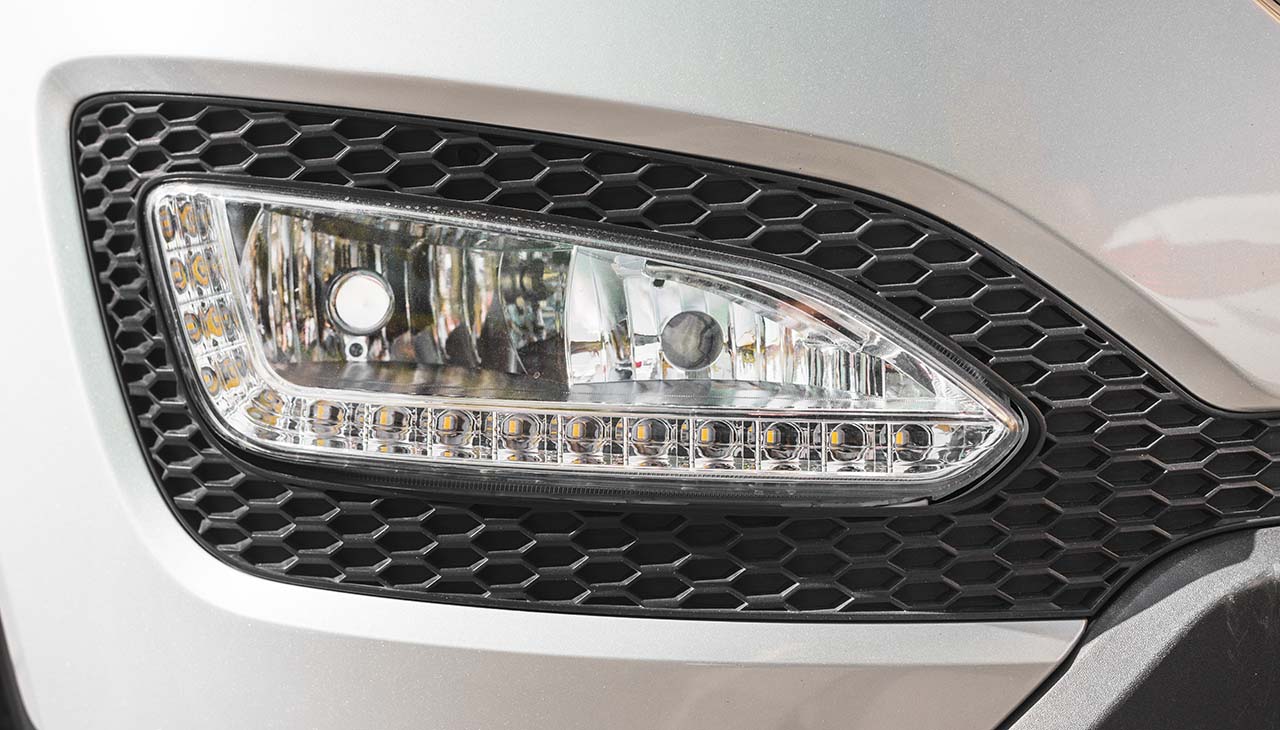
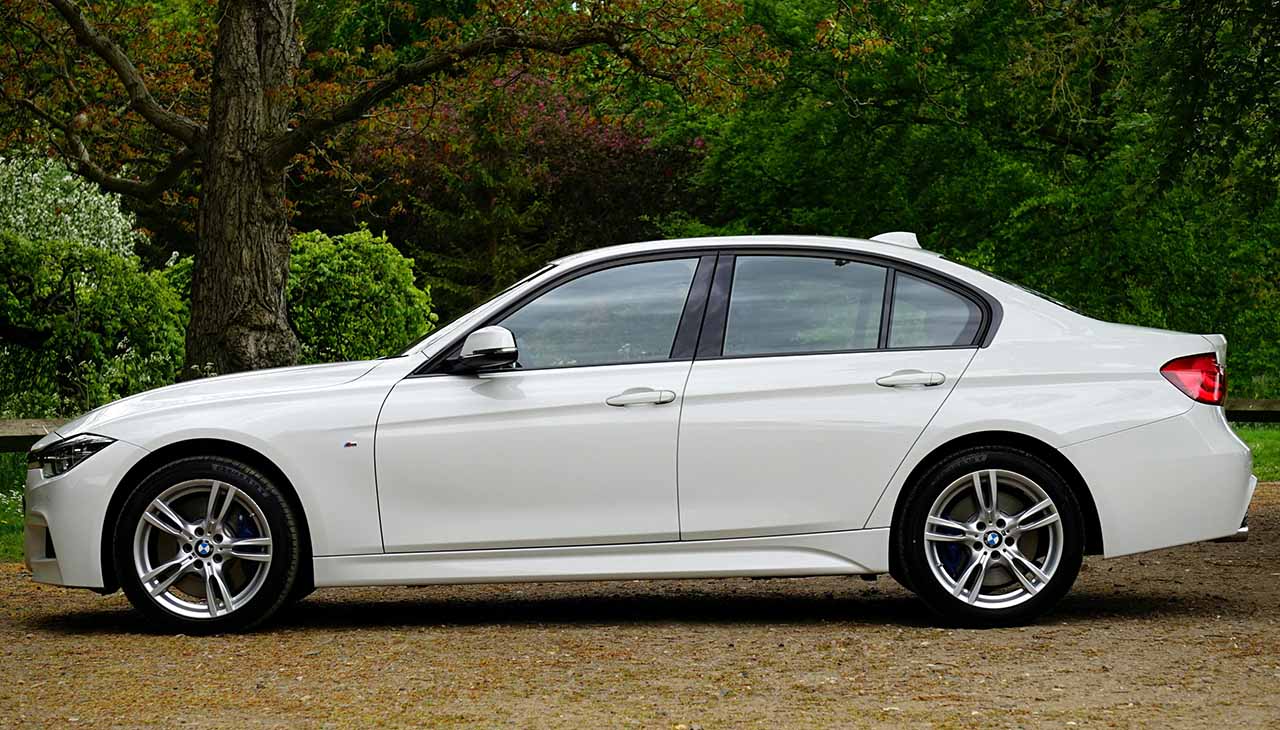
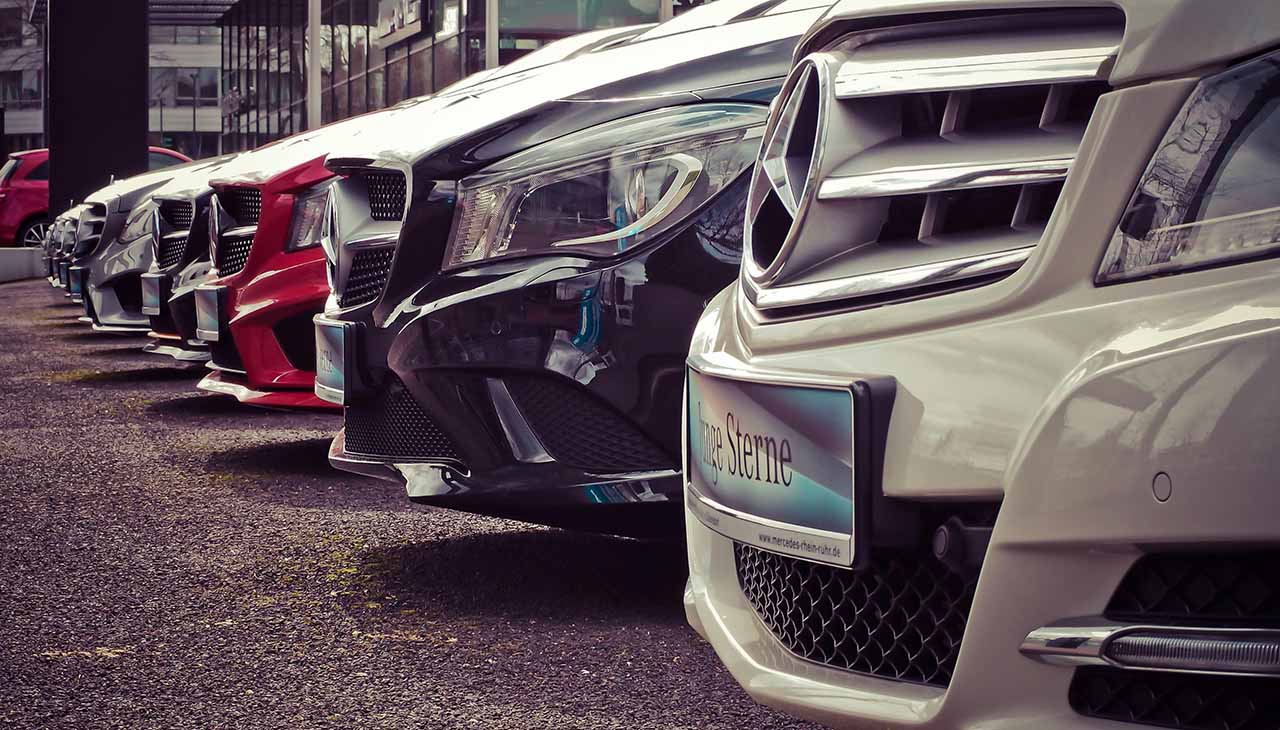
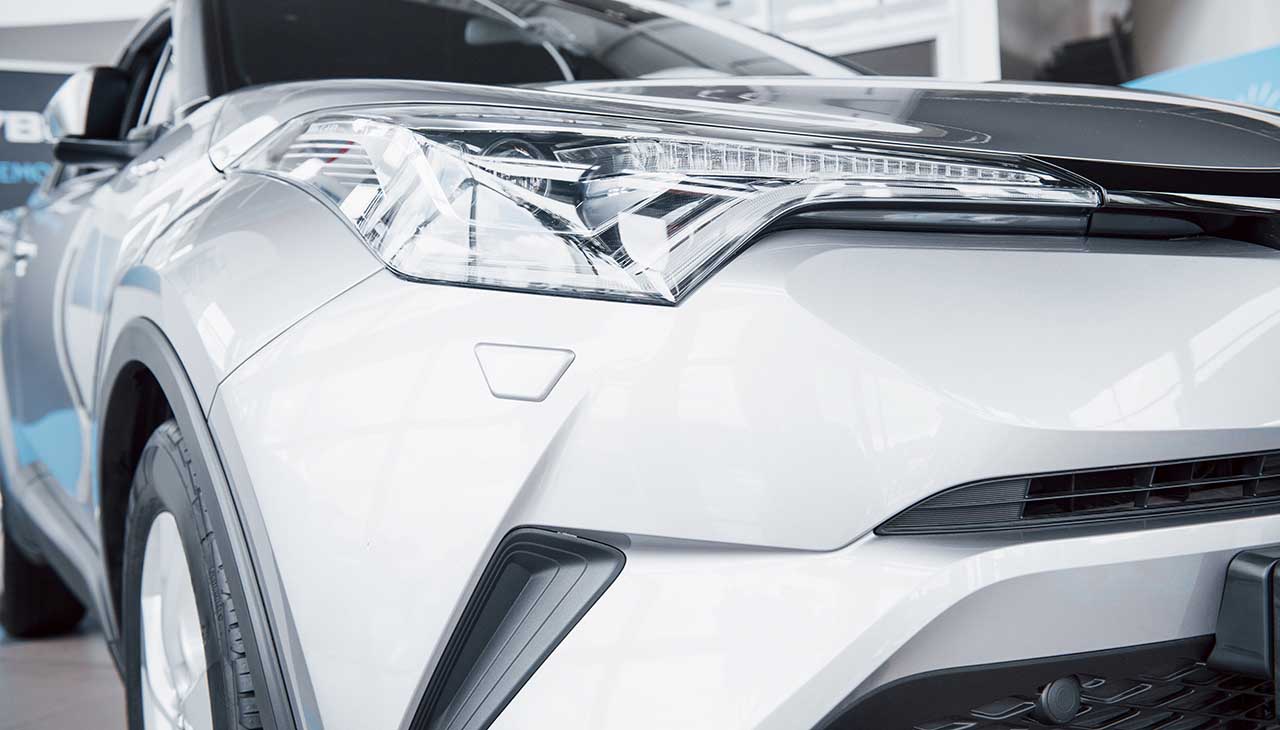


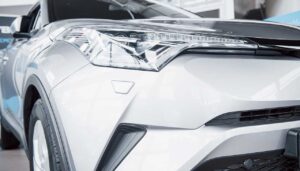
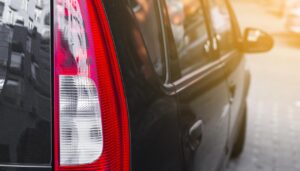
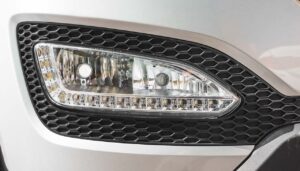
Post Comment